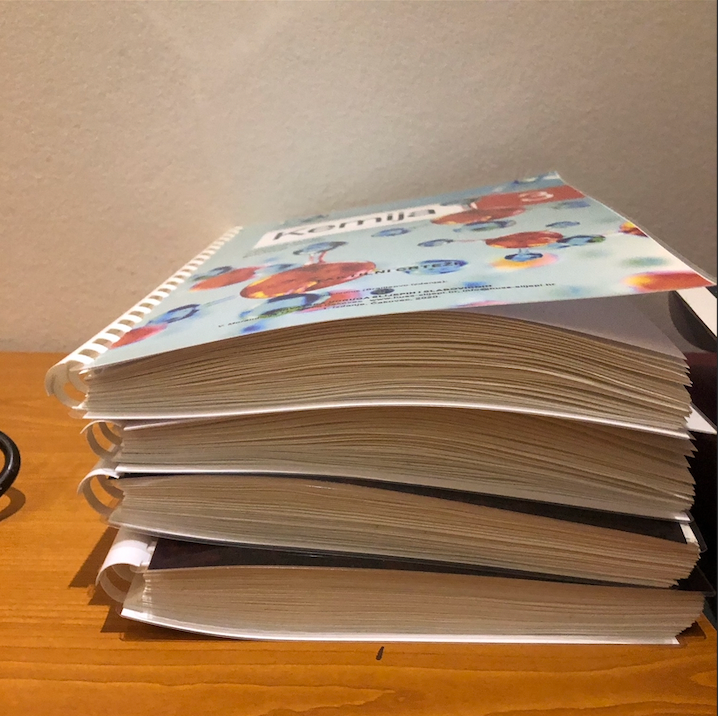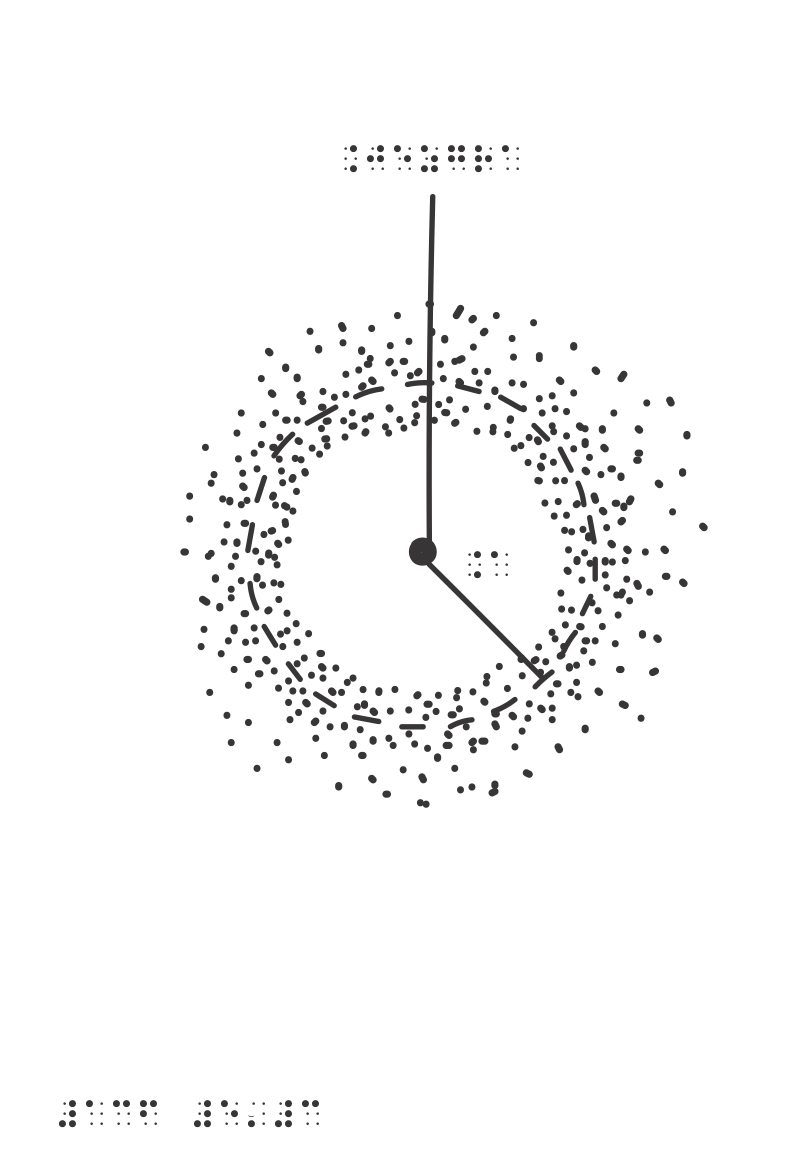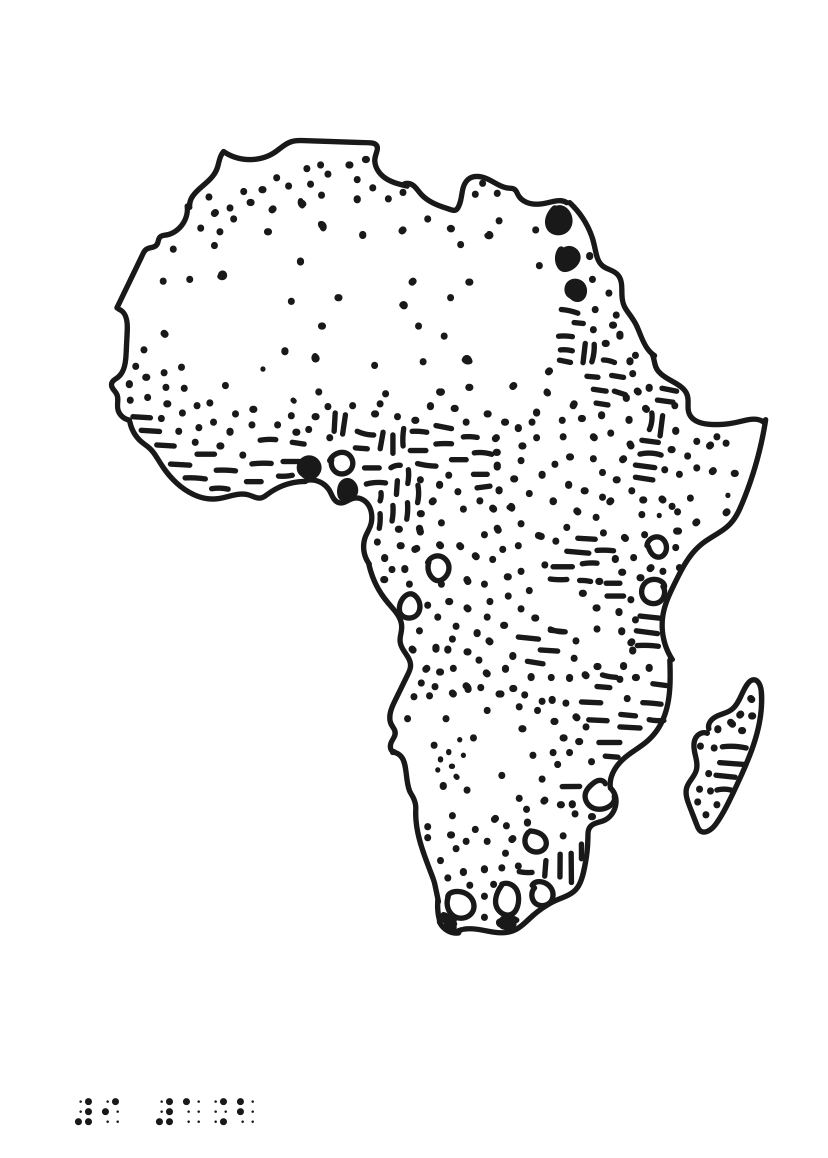How Designing for the Blind Transformed My Approach to User Experience
How it all started
I took on a job as an illustrator and graphic designer, not knowing it would transform the way I approach design. What started as just another project became an experience that profoundly shaped my perspective. For four years, I worked closely with blind and visually impaired students in Croatia, creating tactile graphics for high school textbooks on subjects like history, physics, biology, and geography. Using a relief press, I designed raised lines and shapes that allowed students to "see" through touch.
During my first year, I collaborated directly with blind individuals who taught me how to read Braille and helped me understand the subtleties of tactile perception—such as the thickness of lines they could feel and the spacing needed between objects.
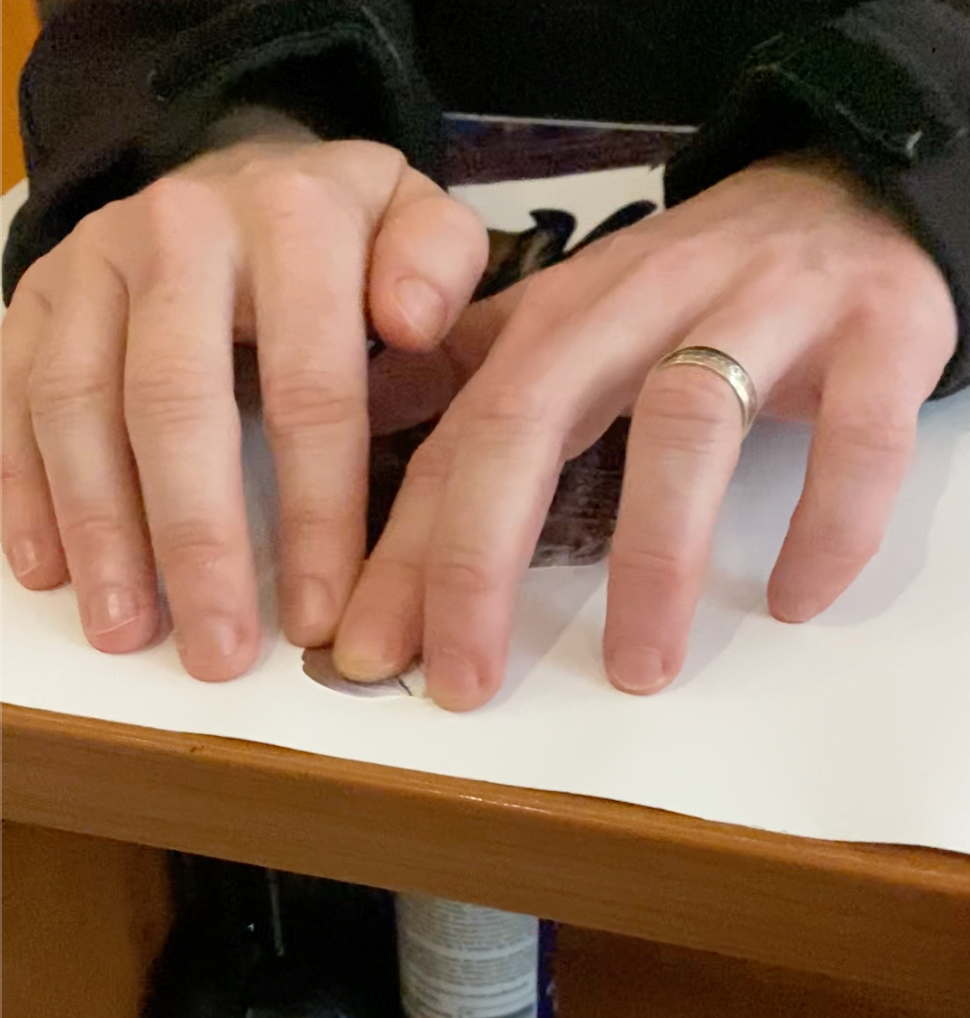
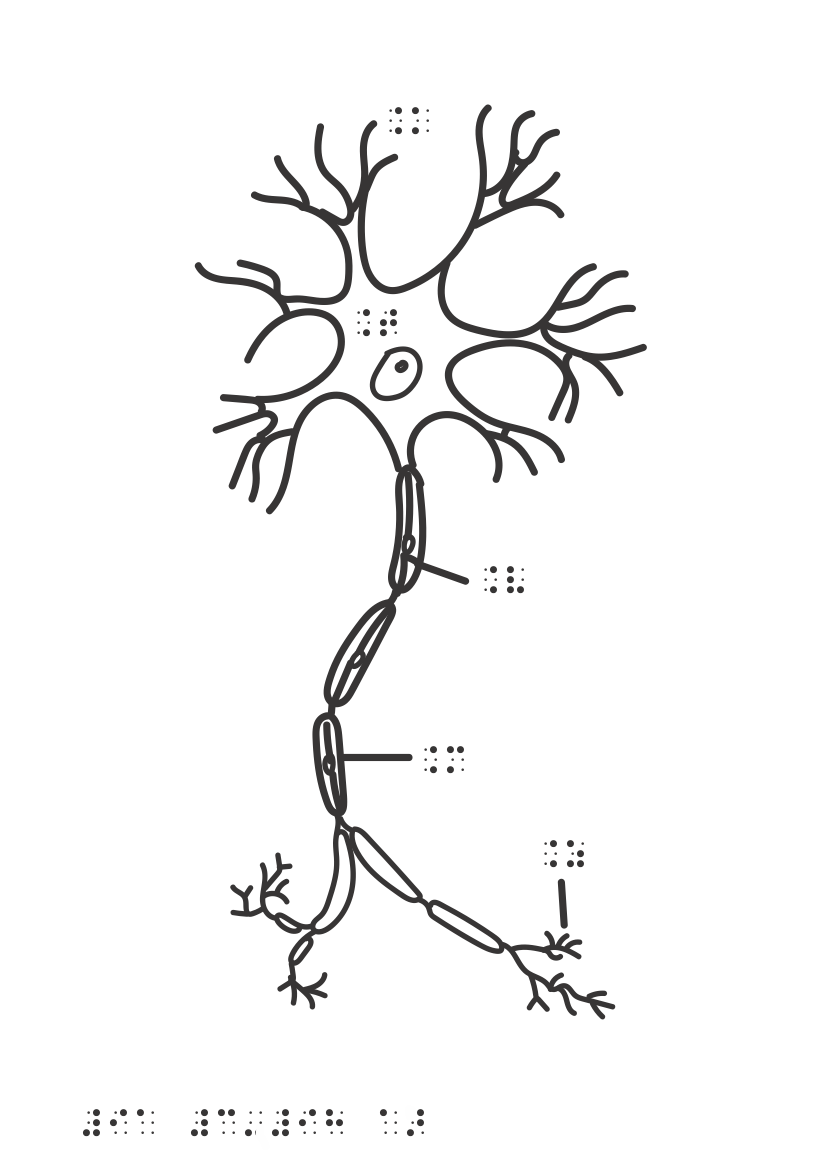
Stepping into their shoes
To ensure accuracy, I practiced with my eyes closed, feeling the lines I had drawn to confirm they were distinguishable. This process sharpened my ability to empathize with users and fine-tune my designs based on their real-world needs. This experience taught me to truly put myself in the user’s shoes, which has become the foundation of my approach to user experience and interface design.
Later, I was invited to create tactile exhibits for museums, enabling blind visitors to experience sculptures through my tactile drawings. These experiences solidified my understanding of accessible design and its power to create meaningful connections for all users.
Transforming my approach
Today, empathy is at the core of my design process. Whether working on digital interfaces or physical experiences, I prioritize the end user, striving to anticipate their needs, remove obstacles, and create intuitive solutions. My work with the blind and visually impaired community profoundly influenced how I approach design, ensuring that every project I undertake is centered around the user.
